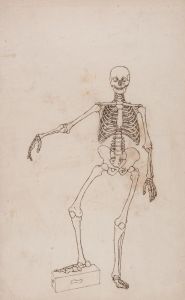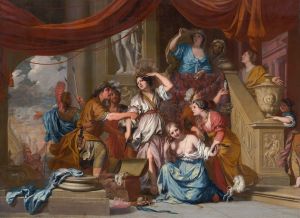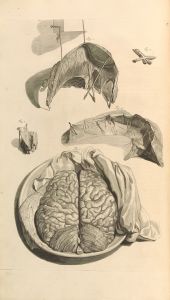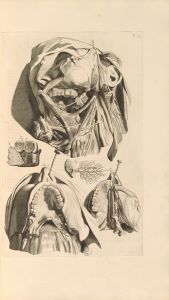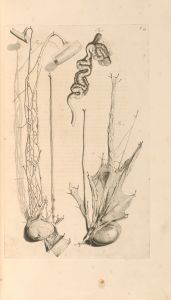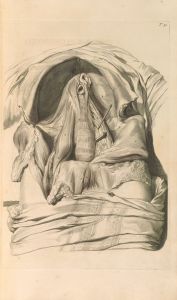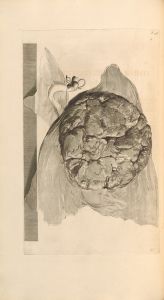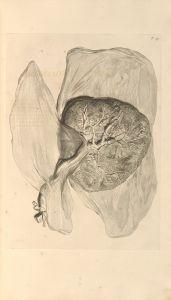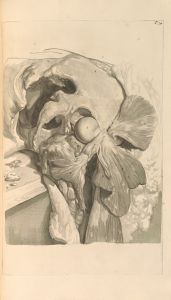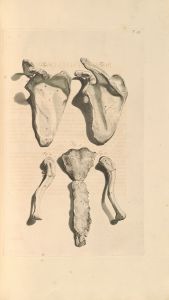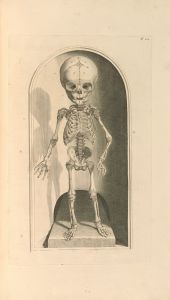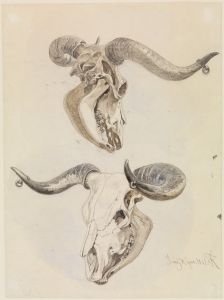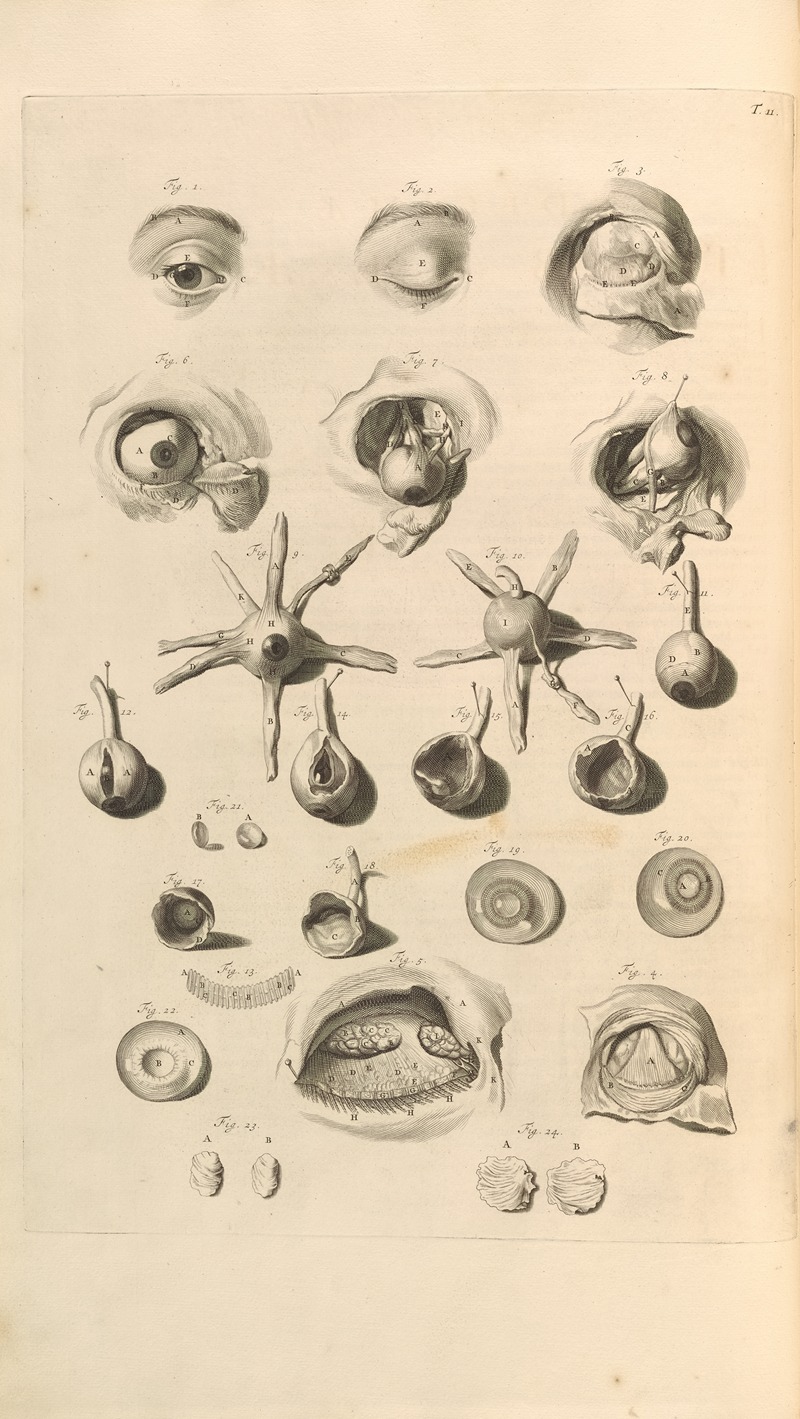
Anatomia humani corporis Pl.012
A hand-painted replica of Gerard de Lairesse’s masterpiece Anatomia humani corporis Pl.012, meticulously crafted by professional artists to capture the true essence of the original. Each piece is created with museum-quality canvas and rare mineral pigments, carefully painted by experienced artists with delicate brushstrokes and rich, layered colors to perfectly recreate the texture of the original artwork. Unlike machine-printed reproductions, this hand-painted version brings the painting to life, infused with the artist’s emotions and skill in every stroke. Whether for personal collection or home decoration, it instantly elevates the artistic atmosphere of any space.
Anatomia humani corporis Pl.012 is an anatomical illustration created by Gerard de Lairesse, a prominent Dutch Golden Age artist and illustrator, for the seminal work "Anatomia Humani Corporis" (1685). This book, authored by the Dutch anatomist Govard Bidloo, is considered one of the most significant anatomical atlases of the late 17th century. The illustration is one of the 105 copperplate engravings included in the atlas, which was intended to provide a detailed and accurate depiction of the human body for medical and scientific study.
Gerard de Lairesse, known for his expertise in classical and Baroque art, was commissioned to create the drawings for Bidloo's anatomical atlas. His work in this project is notable for its artistic precision and attention to detail, which were highly valued in the context of scientific illustration during the period. The engravings were based on dissections conducted by Bidloo, and they reflect the collaboration between art and science that was characteristic of the Enlightenment era.
Plate 012 (Pl.012) specifically depicts a detailed anatomical study of a particular part of the human body, though the exact content of this plate is not specified here. Like other illustrations in the atlas, it likely combines artistic skill with scientific accuracy, showcasing the internal structures of the body in a way that was both educational and visually striking. The illustrations in "Anatomia Humani Corporis" were engraved by Abraham Blooteling and other skilled engravers, who translated de Lairesse's drawings into copperplate prints.
While the artistic quality of the illustrations was widely praised, the atlas itself received mixed reviews from the medical community at the time. Some critics argued that the artistic embellishments detracted from the scientific utility of the work. Despite this, the atlas remains an important historical document, reflecting the intersection of art, anatomy, and printing technology in the 17th century.
Gerard de Lairesse's involvement in this project is particularly notable given his later life circumstances. He suffered from congenital syphilis, which eventually led to blindness, forcing him to abandon his artistic career. However, his contributions to anatomical illustration, as exemplified by works like Plate 012, continue to be recognized for their historical and artistic significance.





